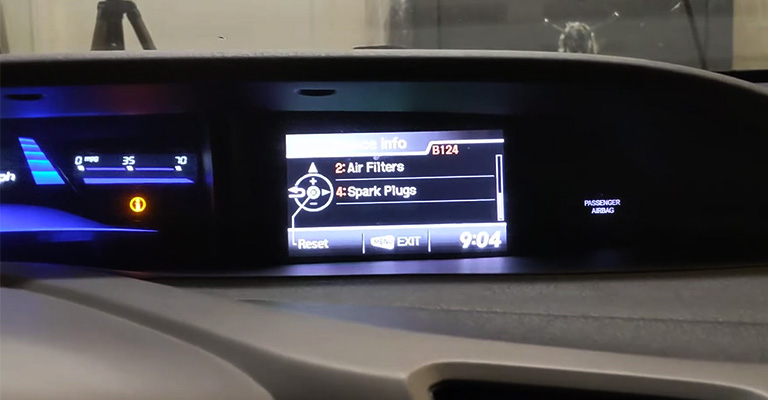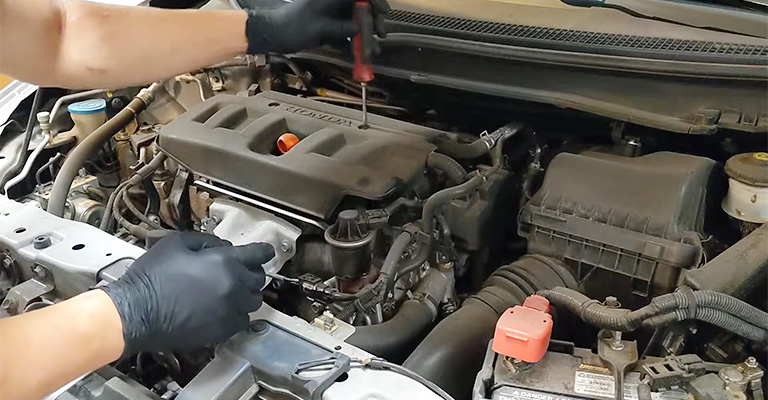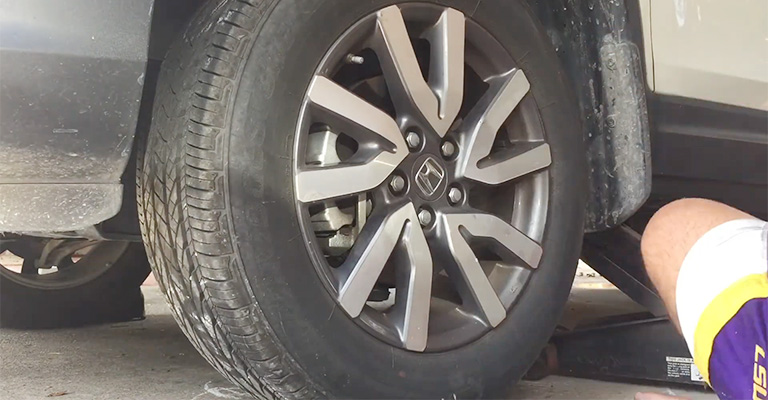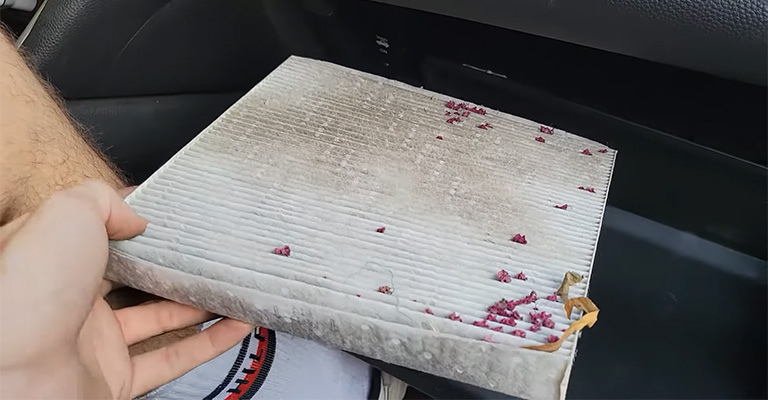Proper and regular maintenance is crucial for any vehicle owner to ensure the safety, reliability, and longevity of their car.
By taking proactive steps to maintain your vehicle, you can prevent potential issues, extend its lifespan, and maximize its performance on the road. Neglecting maintenance tasks can lead to breakdowns, costly repairs, and even compromise your safety while driving.
Recognizing the significance of regular maintenance, Honda has developed an innovative system to streamline the process and make it easier for car owners to stay on top of their vehicle’s maintenance needs.
Honda’s maintenance system employs a unique coding system that uses a combination of letters and digits to convey specific maintenance requirements.
With the use of a single letter (A or B) followed by one to three digits, Honda owners can quickly decipher what maintenance tasks are needed for their vehicles.
Each code represents a set of maintenance procedures that are essential to keep the car in optimal condition.
By decoding these codes, Honda owners can effectively communicate with their trusted mechanics and address the necessary maintenance with precision and ease.

Understanding Honda B124 Service Code
The letter “B” signifies more comprehensive maintenance procedures that are recommended to be performed at less frequent intervals.
B codes often include additional tasks such as replacing air filters, spark plugs, timing belts, and inspecting various components of the vehicle’s systems.
The digits that follow the letter in Honda’s maintenance codes provide further details about the specific maintenance tasks.
These digits outline the individual components of maintenance for the vehicle, such as inspections, replacements, or adjustments. Understanding these digits allows owners to identify the exact actions required for their vehicle’s upkeep.
Let’s take the code B124 for a Honda Civic as an example. Breaking down the components of the code, we can understand the following:
B: The letter “B” signifies that the maintenance tasks associated with this code are more comprehensive and typically performed at less frequent intervals.
1: The digit “1” indicates a specific maintenance task, such as a tire rotation and ensuring the tires are properly inflated.
2: The digit “2” signifies another set of maintenance tasks, including the replacement of the air cleaner and the inspection of the drive belt. It may also involve replacing the cabin air filter.
4: The digit “4” represents additional maintenance tasks, such as replacing the spark plugs, inspecting the timing belt, as well as inspecting the water pump and valves.
Maintenance Tasks Associated With Honda B124

Based on the breakdown of the code B124, the following maintenance tasks are associated with each component:
B: This indicates that comprehensive maintenance is required for the Honda Civic.
1: This digit signifies the need for a tire rotation and ensuring proper tire inflation.
2: The digit “2” indicates that the air cleaner needs to be replaced, the drive belt should be inspected, and the cabin air filter may need replacement.
4: The digit “4” signifies that the spark plugs need to be replaced, the timing belt should be inspected, and the water pump and valves require inspection.
Oil Filter Change And Complete Vehicle Inspection
Regular oil filter changes and comprehensive vehicle inspections are vital for maintaining the health of your Honda.
The oil filter change involves replacing the old oil filter with a new one, ensuring proper lubrication of the engine.
Simultaneously, a complete vehicle inspection is conducted, which may include checking fluid levels, examining the brakes, inspecting the suspension system, and evaluating the overall condition of the vehicle.
Tire Rotation And Inflation

Tire rotation involves changing the position of each tire on the vehicle to ensure even wear and prolong tire life.
Additionally, checking and maintaining proper tire inflation is crucial for optimal fuel efficiency, handling, and safety.
This maintenance task helps promote balanced tire wear, extending the lifespan of your tires and enhancing overall driving performance.
Air Cleaner Replacement And Drive Belt Inspection
The air cleaner in your Honda helps filter out dust, debris, and contaminants from the air intake system, promoting clean airflow to the engine.
Regular replacement of the air cleaner ensures its effectiveness in maintaining engine performance and fuel efficiency.
Concurrently, inspecting the drive belt helps identify any signs of wear or damage, ensuring it functions correctly and avoids any potential issues.
Cabin Air Filter Replacement

The cabin air filter in your Honda helps purify the air that circulates within the vehicle’s cabin, improving air quality for you and your passengers.
Over time, the filter becomes dirty and clogged, reducing its effectiveness. Replacing the cabin air filter ensures clean and fresh air inside the cabin, enhancing comfort and maintaining a healthy driving environment.
Spark Plug Replacement, Timing Belt Inspection, And Water Pump/Valve Inspection
Regular replacement of spark plugs is essential for optimal engine performance, as worn-out spark plugs can lead to reduced fuel efficiency and engine misfires.
Inspecting the timing belt helps ensure it is in good condition, as a failed timing belt can cause severe engine damage.
Additionally, inspecting the water pump and valves helps identify any potential issues that may affect the cooling system and engine performance.
Final Words
Following Honda’s maintenance recommendations is key to preserving the longevity and resale value of your vehicle.
A well-maintained Honda with a documented service history typically holds its value better and is more attractive to potential buyers when it comes time to sell or trade in your vehicle.
By keeping up with maintenance tasks, you demonstrate responsible ownership and instill confidence in future buyers that the vehicle has been well cared for.

Leave a Reply